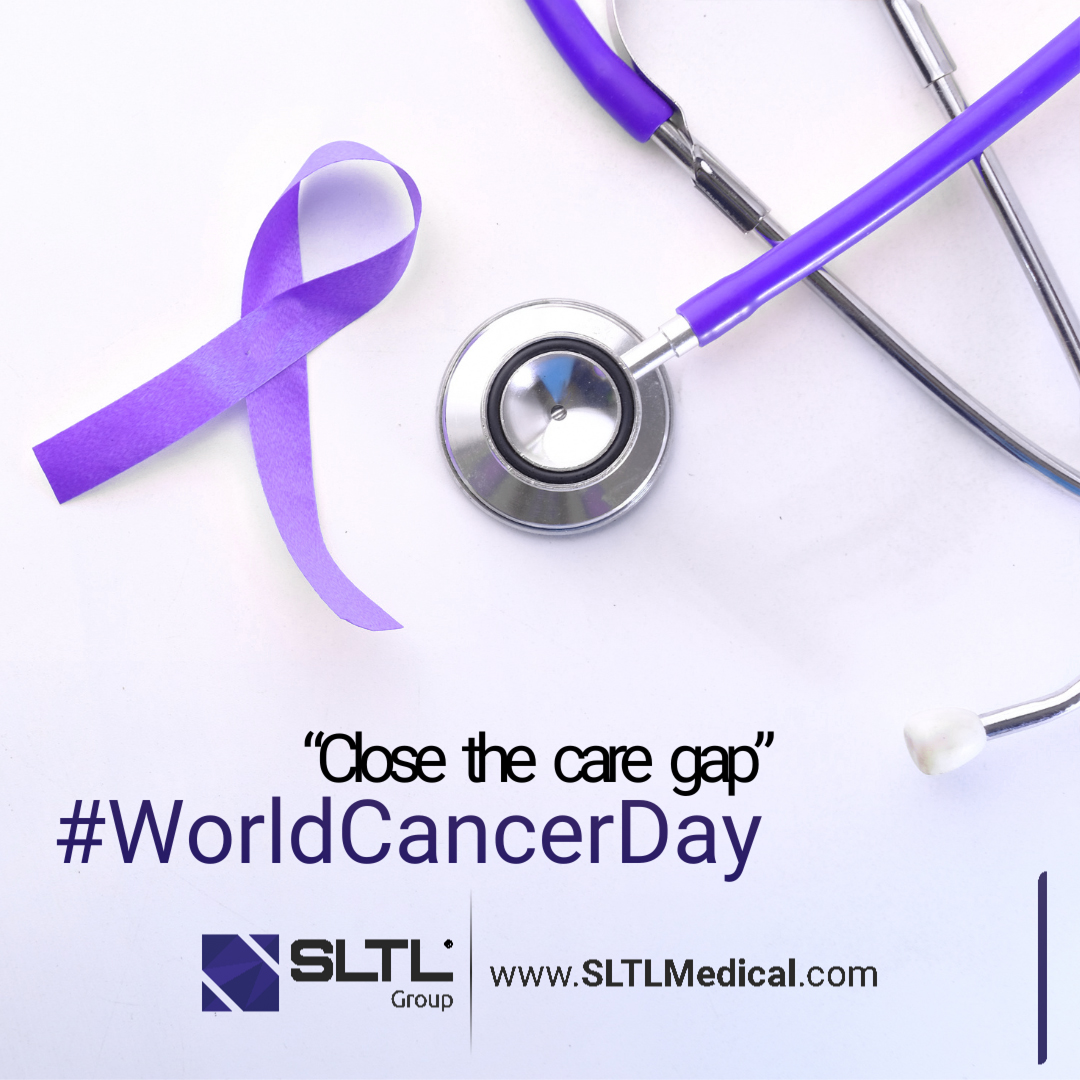In certain cases, a cancer-prevention strategy that was suggested in one research is not recommended in another
Concerned about cancer prevention?
You’ve undoubtedly heard conflicting cancer prevention advice. In certain cases, a cancer-prevention strategy that was suggested in one research is not recommended in another
Take charge by making changes such as eating a healthy diet and getting regular screenings.
What we know about cancer prevention is frequently in flux. However, it’s well acknowledged that your lifestyle choices have an impact on your risk of acquiring cancer. So, if you’re concerned about cancer prevention, be assured that little lifestyle adjustments can make a difference. Take a look at SLTL Group’s cancer-prevention suggestions.
1. Eat a healthy diet
Making smart choices at the grocery store and during meals won’t ensure cancer prevention, but it will lower your risk. Diet may be associated with one out of every ten cancers (10%), with less than five servings of fruits and vegetables per day causing more than half of these.
- Maintain a healthy body mass index (BMI).
- Choose less high-calorie foods, such as refined carbohydrates and animal fat, to lose weight and become leaner.
As we say, Healthy heart is a happy heart! Not only cancer, but by adopting healthy food habits, you can avoid and prohibit the risk of various heart diseases like; Coronary heart disease, Heart Failure and can keep away from placing STENTS during Angioplasty or visiting the Cardiologists.
2. Be physically active
Physical activity has been demonstrated to reduce the risk of breast, endometrial, prostate, and colon cancer, among other cancers. It also lowers the likelihood of developing other serious illnesses including diabetes and heart disease in addition to helping you regulate your weight.
Adults who engage in any level of physical activity boost their health. However, for significant health advantages, aim for at least 150 minutes of moderate aerobic activity or 75 minutes of strong aerobic activity every week. A combination of moderate and strenuous activity is also an option. Include at least 30 minutes of physical activity in your daily routine as a general objective — and if you can do more, all the better.
Manage the weight. You may be surprised to learn that being overweight or having obesity are linked with a higher risk of getting 13 types of cancer. Maintaining a healthy weight may reduce the incidence of cancers of the breast, prostate, lung, colon, and kidney.
3. Seek regular medical attention: Regular self-exams and screenings for malignancies of the skin, colon, cervix, and breast, for example, can improve your chances of detecting cancer early, when treatment is most likely to be effective. Timely tests can detect some cancers early on, when they are little, haven’t spread, and are therefore easier to treat.
These tests can even prevent cancer from developing in the first place in cases of cervical and colon cancer. Discuss the tests for breast, cervical, colon, lung, and prostate cancers with your doctor and Inquire about the most appropriate cancer screening schedule for you.
4. Avoid tobacco
Tobacco usage has been related to an elevated risk of a variety of cancers. Various types of cancer, including lung, mouth, throat, larynx, pancreas, bladder, cervix, and kidney cancer, have been related to smoking. Tobacco chewing has been linked to cancers of the mouth and pancreas. Exposure to passive smoke i.e., even if you don’t use tobacco, may increase your risk of lung cancer. According to studies, cigarette smoking is responsible for About 80% of lung cancer deaths and 30% of all cancer deaths in the United States.
5. Do not drink often
Alcohol consumption raises your chances of developing cancers of the mouth, throat, oesophagus, larynx (voice box), liver, and breast. Your risk rises as you consume more alcohol. Those who consume alcohol and smoke are at a substantially increased risk of developing cancer. Doctors advise drinking in moderation, in smaller portions and at intervals to safeguard from certain cancers and other chronic diseases.
6. Protect yourself from the sun
Vitamin D may be obtained by exposing yourself to moderate amounts of sunshine; however, excessive exposure can contribute to the development of cancer. UVA, UVB, and UVC are the three forms of ultraviolet light. UVB is thought to be the primary cause of cancer. UV rays can cause cataracts as well as withering skin. Skin cancer is one of the most communal kinds of cancer — and one of the most avertable. Try these tips:
Avoid midday sun. Avoid the sun during the hours of 10 a.m. and 4 p.m.
Stay in the shade. When you’re outside, try to keep as close to the shade as possible. Sunglasses and a wide-brimmed hat are also beneficial.
Cover exposed areas. Wear clothes that are densely woven and loose-fitting to cover as much of your flesh as possible.
Don’t skimp on sunscreen. Even on overcast days, use a broad-spectrum sunscreen with an SPF of at least 30.
Avoid tanning beds and sunlamps. Sunlight carries UV rays, which are the primary cause of skin cancer.
7. Don’t wait to get vaccinated and timely screenings
Cancer prevention contains protection from certain viral infections. Various virals and diseases may cause cervical cancer and other genital malignancies, as well as head and neck squamous cell cancers. So, talk to your medic about available vaccinations and get a dose against diseases like:
- Hepatitis B.
- Human papillomavirus (HPV).
8. Take precautions against risky behaviours
Another effective cancer deterrence tactic is to evade risky behaviours that can lead to infections that, in turn, might surge the risk of cancer. For example:
Implement safe practices to avoid HIV, AIDS, HPV and other STDs, which are mainly a source for cervical cancer, but it may also raise the risk of throat, and other types of cancers.
Don’t share needles; to restrict the spread of HIV, hepatitis B, and hepatitis C, all of which raise the risk of liver cancer. Seek expert treatment if you’re worried about drug abuse or addiction.





